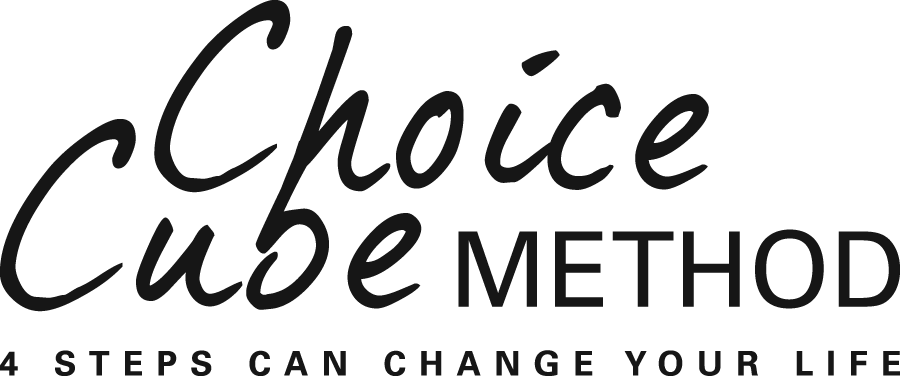Don’t Know Your Healthy-Best-Self? This Can Be Dangerous!
/ Tom was certain he was not a smart guy. He just didn’t seem to think as fast as other people. The truth was that Tom had never given his brain a chance to find out what it could do. He barely got by at school and he had no interests outside of watching endless TV or playing video games. Current brain research, however is on Tom’s side.
Tom was certain he was not a smart guy. He just didn’t seem to think as fast as other people. The truth was that Tom had never given his brain a chance to find out what it could do. He barely got by at school and he had no interests outside of watching endless TV or playing video games. Current brain research, however is on Tom’s side.
New studies show that his brain can make important changes. So can yours. Depending on the experiences you give your brain, it can rewire itself. This is called “neuroplasticity.” Just think, you can program and reprogram yourself with every choice you make! What does this mean for you?
Understanding the amazing power of your brain to change gives hope that it’s never too late to change. It’s never too late to discover your true identity as a unique person with special gifts and a healthy-best-real-self. Your healthy-best-real-self is the authentic, honest, compassionate, and curious part of you that sees reality clearly and is a problem-solver.
When you operate from this part of you, you have a strong core, or personal identity, and you can set good boundaries. You are willing to take reasonable risks that lead to personal growth. Your life reflects balance and joyfulness. You don’t compare yourself to others. Instead, you strive for excellence, not as a perfectionist, but from your personal best. Here’s the best news of all!
When you express your health-best-real-self and operate from your unique area of giftedness, you are the healthiest, most successful, and joyful. Gallup, a major assessment firm, even suggests that when you operate from your gifts, almost every one of your performances will be superior quality. If not. . .
In contrast, failure to know and use your gifts, constantly forces you to function in a part of your brain where you are less gifted. This can be hard work that requires a greater expenditure of energy. PET scans show that your brain may be working 100 times harder when you are using skills outside of your natural giftedness! This is a dangerous situation that can cause you to feel confused, tired, and unfocused. It can hide the best of who you are, undermining your confidence, self-esteem, and sense of self-worth. There are other problems.
As a result of overworking your brain because you are operating outside of you gifts, you may experience a lowered immune system or difficulties with your memory. Do you think you have a bad memory? Consider that you may have trouble with your memory simply because stress is causing the release of the stress related hormone cortisol that puts holes in your memory. It can turn it into Swiss cheese. So, here are some questions for you:
- Have the struggles of life and difficult circumstances led you to make unwise choices so that now you are uncertain about who you really are?
- Do you sometimes feel as if life is a prison that robs you of your freedom and keeps you from discovering who you really are?
- Are the treasures of giftedness and a healthy-best-real-self buried under stress, fear, fatigue, pain, addiction, anxiety, and depression?
- Do you live with so much stress that problems have become the focus of your life. Have overcoming problems and just getting through the day and become your “purpose?”
- Are you on a deadly merry-go-round living without meaning and purpose in your life?
- Do you feel stuck?
The danger here is that focusing on problems and difficulties leads to more issues and to self-defeat. It’s the law of sowing and reaping, “Whatever you focus on gets you more of the same.”
You can find a challenge and a meaningful purpose that flow from your giftedness and from the best of who you are. Yes, this may take effort, but think of this as short-term pain that leads to long-term gain.
For you, for Tom, and for anyone who is willing to make the effort, it’s never too late to discover the best of who you are. You can change, and become the person you were meant to be. *** You are programming yourself with every choice you make. *** Why not wake up, take responsibility for your choices, and make some healthy changes?
The Choice-Cube Method, found in the innovative self-help book, Become the Person You Were Meant to Be – The Choice-Cube Method: Step by Step to Choice and Change, (http://amzn.to/ZGnDKc) can provide you with self-understanding, tools, and four dependable steps to help you stay aware, give you choice, and help you change.





